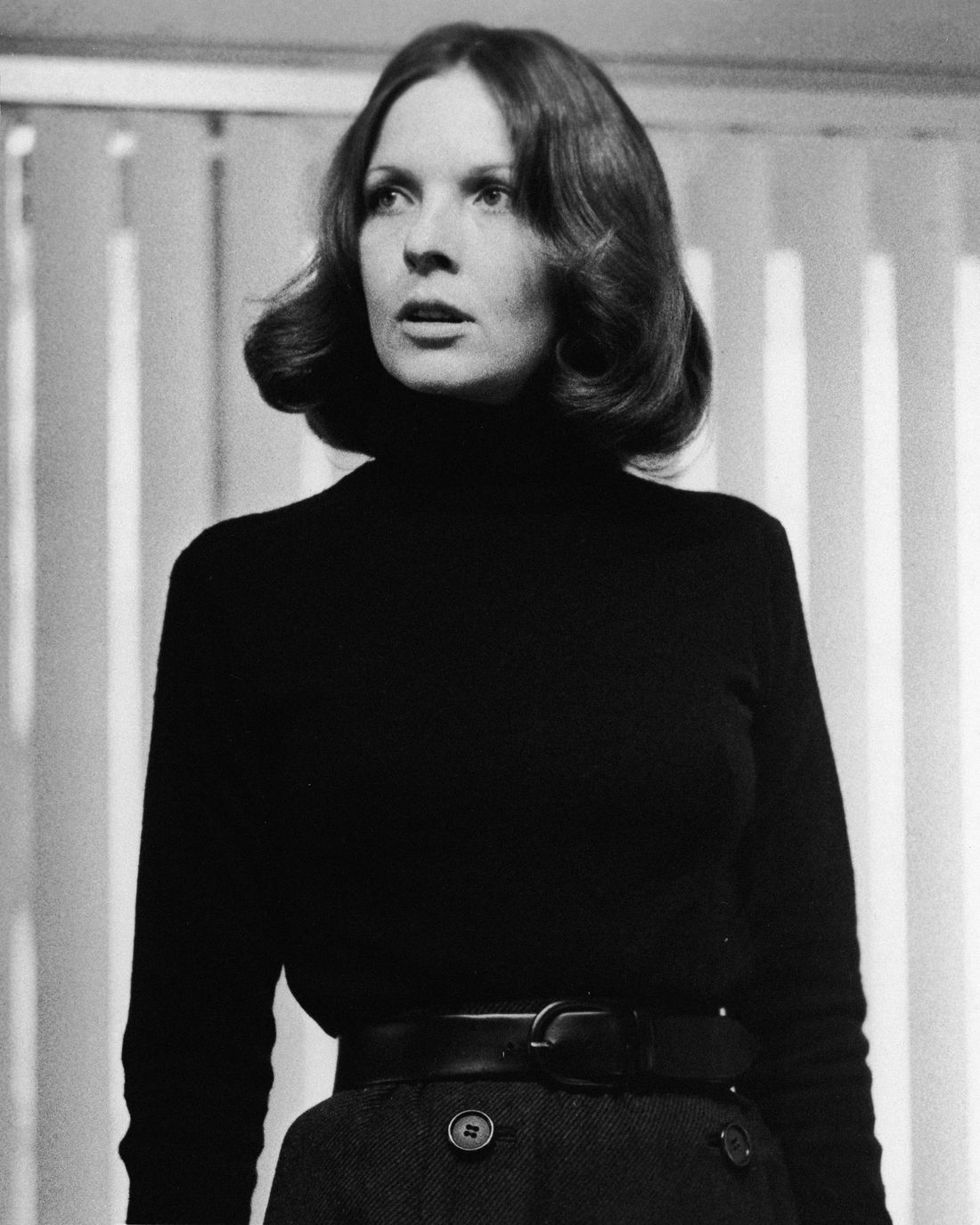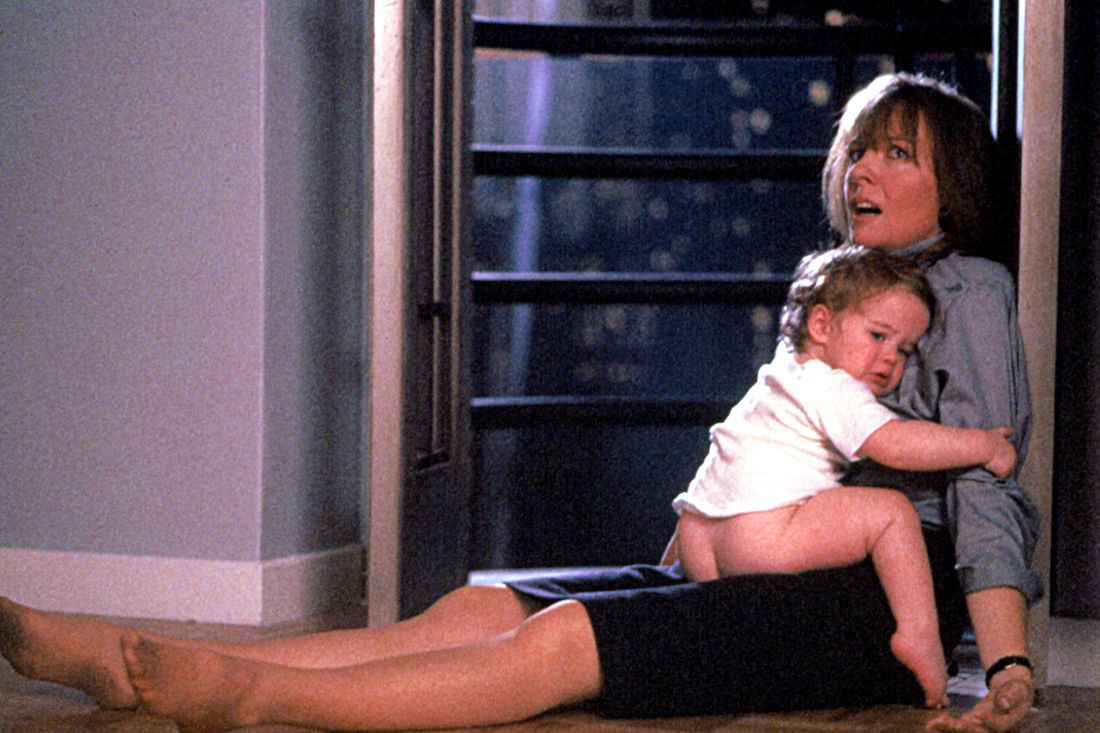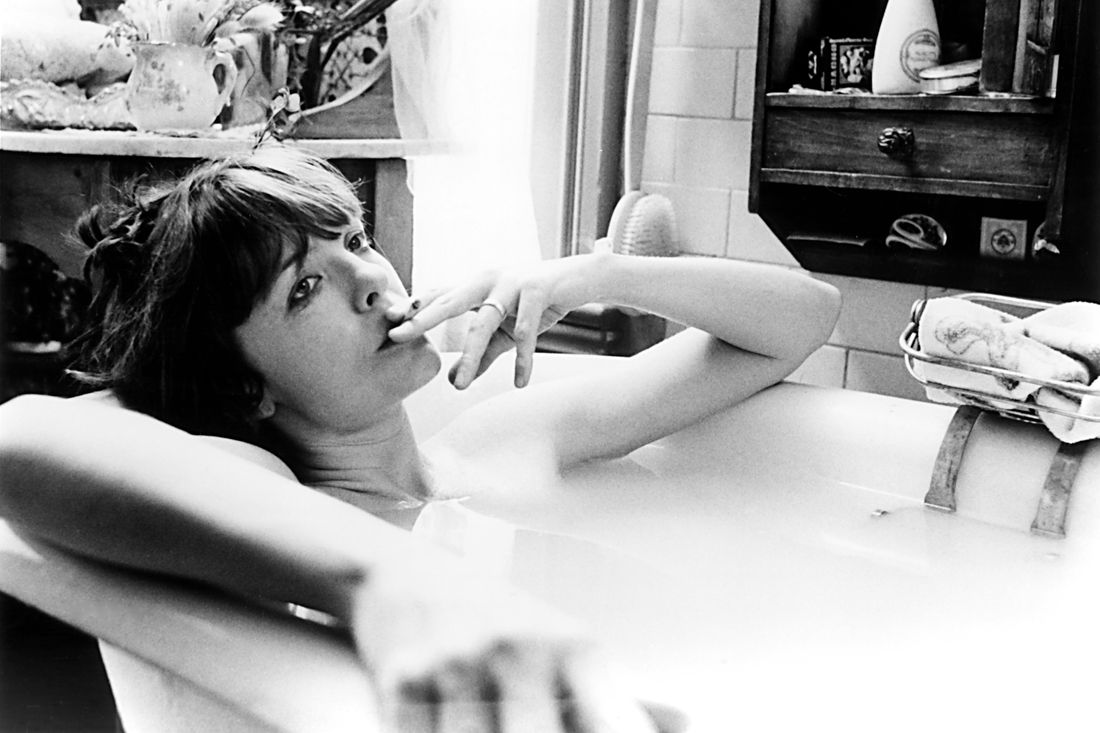
Diane Keaton has had a remarkable career, appearing in over 60 movies and numerous television roles. She’s been nominated for an Academy Award four times, winning once for her iconic role in *Annie Hall* (1977), and has even directed episodes of shows like *Twin Peaks*. Beyond her acting, she’s significantly impacted women’s fashion. All of this stemmed from a lifelong exploration of beauty – a concept that began when her father told her she was pretty on her fifteenth birthday. Keaton wasn’t satisfied with simply being considered ‘pretty’; she strived to understand and achieve true beauty.
I remember reading in Diane Keaton’s memoir, *Let’s Just Say it Wasn’t Pretty*, that she really disliked the word “pretty.” She explained how even as a kid growing up in Los Angeles, she cringed whenever someone – like her mom or a teacher – told her she looked “pretty.” She felt like “pretty” was somehow lesser than “beautiful.” To her, “pretty” was something simple and superficial – like a nice dress from a department store or someone like Sandra Dee. She thought “pretty” just… faded. But “beautiful”? That was something else entirely. She described it as something deeper, something that made you think and wonder, something vast and amazing. She said she’s been striving for *that* kind of beauty ever since, and honestly, I totally get it!
Keaton’s creative work had a lasting impact on film, popular culture, fashion, and how society views female beauty. Her consistently unique style stemmed from her ability to see beyond the surface and understand deeper meanings, recognizing the difference between what’s temporary and what truly lasts. She found inspiration in unexpected places – men’s vintage clothing, historic buildings in Los Angeles (where she was involved with the L.A. Conservancy), and even non-prescription glasses (which she designed herself as ‘Keaton Readers’). Ultimately, she was fascinated by questions of life, death, and what gives life meaning. This exploration is particularly evident in her directorial debut, Heaven (1987), a unique film blending old movie footage, newsreels, and interviews with around two dozen people, including her mother and sister, about their thoughts on eternity. As one interviewee tells Keaton, “I see him as Groucho Marx… He’s always playing tricks on us,” referring to God.
Diane Keaton, like Katharine Hepburn before her, developed a strong and recognizable on-screen personality. People often assumed she was simply being herself, rather than acting. Keaton started her career on Broadway in *Hair*, famously refusing to perform nude even though it meant turning down an extra $50 per show. She then became known for comedies where she delivered complex lines as if they were completely natural. Her unique speech patterns – the way she repeated words, stumbled, and used unusual emphasis – were all her own, as anyone who’s seen her interviews can tell. Some mistakenly believed she picked up this style from Woody Allen, who directed her in eight films from 1972’s *Play it Again, Sam* to 1993’s *Manhattan Murder Mystery*. She continued to defend him even after accusations of abuse, telling *The Guardian* she had nothing to say except that she believed in her friend. Early in her career, particularly in Allen’s films like *Annie Hall*, she was often labeled as “ditzy,” a perception fueled by her character’s catchphrase, “Well, la-dee-dah, la la.”
In comedies like *First Wives’ Club*, *The Family Stone*, and the *Father of the Bride* films, Diane Keaton often played quirky, yet intelligent characters. This continued in a series of romantic comedies aimed at older audiences, including *Something’s Gotta Give*, where Jack Nicholson and Keanu Reeves both vie for her attention. Her roles were consistently complex. In *Baby Boom*, she played J.C. Wiatt, a successful executive who loses everything after adopting a child and unexpectedly finds happiness running a gourmet applesauce business in the countryside with a local doctor. She also excelled at playing uniquely knowledgeable characters, like Carol Lipton in *Manhattan Murder Mystery*, who’s an expert on true crime, and Sonja in *Love and Death*, a brilliant 18th-century Russian woman forced to downplay her intelligence. Keaton’s performance in *Love and Death* includes a memorable monologue, a complex and humorous exploration of love and suffering, delivered as if she’s thinking through the ideas herself: “To love is to suffer. To avoid suffering one must not love, but then one suffers from not loving. Therefore, to love is to suffer, not to love is to suffer, to suffer is to suffer. To be happy is to love, to be happy then is to suffer but suffering makes one unhappy; therefore, to be unhappy one must love or love to suffer or suffer from too much happiness. I hope you’re getting this down.”

Diane Keaton proved she wasn’t just a comedy star, delivering powerful performances in dramatic roles. In the thriller *Looking for Mr. Goodbar*, she powerfully portrayed a schoolteacher struggling with self-destruction, a result of rebelling against her strict religious upbringing. Keaton drew on her own experiences for the role, as the character, like Keaton, came from a repressed background. She explored a similar journey of breaking free in the period film *Mrs. Soffel*, playing a 19th-century farm woman who falls in love with a prisoner and helps him escape. While not as successful, she took on the role of a politically active actress in *The Little Drummer Girl*, who gets manipulated by both the CIA and a Palestinian group. *The Good Mother* was a solid attempt at a legal drama centering on a woman whose partner is accused of harming her daughter. On television, Keaton showcased her range as a devoted but strict nun in *Sister Mary Explains It All*, a struggling mother in *On Thin Ice*, and a supportive friend to convicted murderer Karla Faye Tucker in *Crossed Over*. She even revisited the role of a nun in the visually stunning HBO drama *The Young Pope*.
Diane Keaton’s best dramatic performance is likely in the 1981 film *Reds*, a true story about the complicated relationship between writers John Reed and Louise Bryant. The film also starred, was written, produced, and directed by Warren Beatty, another of Keaton’s famous partners. As Louise, Keaton portrays a strong and independent woman who brings focus to the film’s sweeping story, making it believable that both Beatty’s character, John “Jack” Reed, and Jack Nicholson’s character, the troubled playwright Eugene O’Neill, would be deeply in love with her. When Jack travels to Russia, prioritizing political ambition over his relationship with Louise, Eugene confesses his desire for a private, all-consuming love with her. Beyond Eugene’s affections, a biography of Warren Beatty, *Star: How Warren Beatty Seduced America*, suggests Nicholson took the role in *Reds* partly to get revenge on Beatty, after Beatty became involved with Nicholson’s ex-girlfriend, Michelle Phillips, and Nicholson hoped to win Keaton over. However, he wasn’t successful. While there were later rumors of a connection between Nicholson and Keaton during the filming of *Something’s Gotta Give*, Keaton has stated that nothing happened.
That year, she didn’t win Best Actress, losing to Katharine Hepburn for *On Golden Pond*. She was also overlooked for her performance in Alan Parker’s 1982 film *Shoot the Moon*, a poignant drama about divorce, penned by Bo Goldman (who also wrote *Scent of a Woman*). The film features Albert Finney as George, a successful but volatile writer, and Diane Keaton as Faith, his wife and mother of his children. Faith sacrificed her own ambitions to support George, only to be left for a younger woman (Karen Allen). Keaton portrays Faith as someone who quietly builds up frustration until she finally explodes with righteous anger. One particularly powerful scene shows Faith, after learning of the affair, sitting in a bathtub, smoking and singing The Beatles’ “If I Fell,” perfectly capturing the devastating impact of divorce. Film critic Pauline Kael of *The New Yorker* praised Keaton as “a star without vanity,” noting that she was so focused on accurately portraying Faith that she prioritized the character above all else.

Diane Keaton played Kay Adams-Corleone in all three *Godfather* films. The series was very male-dominated, something Keaton frequently discussed in interviews. She often praised her male co-stars while also pointing out the limited roles available for actresses, particularly those over 40. Her involvement with the films also led to a long, on-and-off relationship with Al Pacino, which surprisingly reignited during the filming of *The Godfather Part III*. There’s a memorable, slightly odd but sweet scene in that film where Pacino’s Michael Corleone picks up his estranged wife while disguised as a chauffeur. The idea for this scene came from an incident during the making of *The Godfather Part II*, when Pacino confessed he’d never learned to drive, having lived his whole life in New York City. Keaton ended up teaching him in a casino parking lot. While Francis Ford Coppola may not have fully appreciated Keaton’s value to the series, Keaton certainly knew her worth. According to Michael Schumacher’s biography of Coppola, she requested $3 million for *The Godfather Part III* – the same amount Robert Duvall asked for and ultimately refused to accept. Keaton eventually settled for $1.7 million, which was 48 times her original salary for the first *Godfather* film.
Diane Keaton achieved something remarkable: she became one of the few actresses who could consistently draw audiences to theaters, even late in her career. Like Clint Eastwood with his fans, Keaton’s loyal audience – especially women of her generation – continued to support her films, including *Something’s Gotta Give* (where she famously appeared nude at age 57), as well as *Because I Said So*, *Mama’s Boy*, *Morning Glory*, *Love the Coopers*, and the three *Book Club* movies. These films were part of a trend in the 2000s and beyond that brought together established female stars for ensemble comedies. Keaton’s enduring appeal proved that true radiance transcends changing social norms and beauty standards; she simply captivated audiences.
Many of Diane Keaton’s films are enhanced by her captivating presence. Originally, *Annie Hall* was going to be called *Anhedonia* (the inability to feel pleasure), but the title was changed to emphasize Keaton’s impact and use her actual last name, Hall. The film was also tailored to her preferences, featuring her signature androgynous style—vests, ties, and hats—and including songs she loved. The first cut of the movie was almost two and a half hours long and lacked focus, simply following the connection between the main character and Annie. Editor Ralph Rosenblum explained they restructured it to center on their relationship. Woody Allen initially pushed back, continuing to film scenes with his character, Alvy Singer, possibly trying to regain control of the narrative. Ultimately, he realized the film was evolving into *Annie Hall*, a celebration of Diane Keaton and her beauty.
Read More
- Zerowake GATES : BL RPG Tier List (November 2025)
- bbno$ speaks out after ‘retirement’ from music over internet negativity
- The best Five Nights at Freddy’s 2 Easter egg solves a decade old mystery
- ‘M3GAN’ Spin-off ‘SOULM8TE’ Dropped From Release Calendar
- Brent Oil Forecast
- xQc blames “AI controversy” for Arc Raiders snub at The Game Awards
- Pluribus theory claims Carol has already found the cure but Episode 7 ending ruins it
- Katanire’s Yae Miko Cosplay: Genshin Impact Masterpiece
- Spider-Man 4 Trailer Leaks Online, Sony Takes Action
- Wuthering Waves version 3.0 update ‘We Who See the Stars’ launches December 25
2025-10-13 00:56